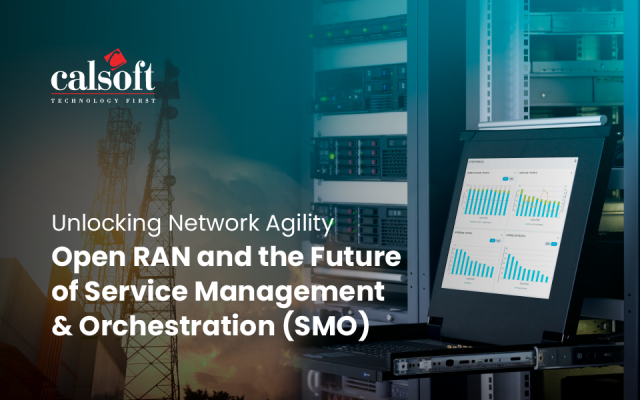Now we can connect a client and a server in a couple of different ways – and could be setup in a software-defined network. A Software define network attempts to build a computer network by separating it into two systems. The 1st system is the control plane which provides performance and fault management being a NetFlow, IPFIX, SNMP and other standard protocols. It typically handles configuration management at the SDN compliant devices and understands the network topology.
Loaded with these details the controller can process connection request based on desired requirements such QoS levels. The controller can also perform link management between devices. The second system is the data plan which responsible for forwarding traffic to the selected destination. Switches can either be reliant on the controller to make forwarding decisions or make the decisions on their own. The control plane configures connection pads or flows into the data plan through the use of a control protocol. The control protocol is used by the controller in a Software Define Network to perform important functions such as connection setup. When a host attempts to communicate with an another host over an SDN, the first packet from the client involved with the new flow are used to determine whether or not a forwarding decision can be made locally by the switch or if switch needs to ask the controller what to do. If the switch determines that it must ask the controller, it will do so via a secure channel using the control protocol. The controller decides based on policies if the flow should be granted, if allowed details about the flow could be entered into the controller’s connection table. The controller could then send instructions to program the switch is in the best path along the data plan. Then the flow would be directed through the network.
The switches may also tell the controller when a flow is no longer active; this removed it from the table. Centralizing some or all of the connection requests has several benefits. Because of the configuration policies in the controller some connection requests could be dropped, such as DOS attacks and broadcast discovery traffic. The policies on the controller that are leverage to make decisions on flows can be based on ranges of IP Addresses time of day and other characteristics. SDN also claims to overcome scalability issues. It is unlikely that a single controller would be processing all of the connection request for all the access points on the network.
The issue can be managed in a couple of different ways they can coexist. The first idea is to break up the network into multiple control and data plans. Policies could then be synchronized across multiple controllers. Each controller still sets up connections end to end, even when another data plan is above.
A second way to unload some of the connection processing on each controller is to allow the switch perceiving the initial connection requests make some forwarding decisions. Allowing the switch to make most or a portion of the forwarding decisions provides support for environments that are not ready to commit 100% will control protocol. Traffic analysis of a Software Define Network comes in 2 major formats. Typically the switches and routers in a Software Define Network are SNMP compatible and they can generally export some type of net-flow or IP-fixed data. Even the controller could be set up to export flows from its connection table, ensuring that all details are available for network traffic analysis. SDN has gained tremendous momentum because at least six of a largest networks in the world are supporting it. They are Google, Yahoo, FaceBook, Microsoft, Verizon etc. So what are the benefits? The benefits of SDN could leads to the ability to purchase inexpensive switches that had very little residents’ software and processing needs.
Centralization of the forwarding information base or allows optimum routes to be calculated deterministically for each flow end to end across the topology. SDN dynamically respond to application requirements. SDN optimizes the utilization of the network without sacrificing the service quality. SDN can filter packets as they entered the network and hence these switches can act as simple firewalls at the edge of the network. SDN switches can redirect certain suspicious traffic flows to higher layer security controls, such as IPS systems, Application Firewalls and data loss prevention devices. SDN switches that support the modification of packet headers will also be able to function as a simple cost- effective load balancing device. SDN controllers can be clustered for fault-tolerance and high availability. So with all these benefits wired companies rushing to deploy SDNs when will businesses want them. Interest will increase when applications utilize the centralized control available in most SDN architectures and when IT members can purchase solutions that allows them to properly manage Software Define Networks.
To know more, write to us marketing@calsoftinc.com






